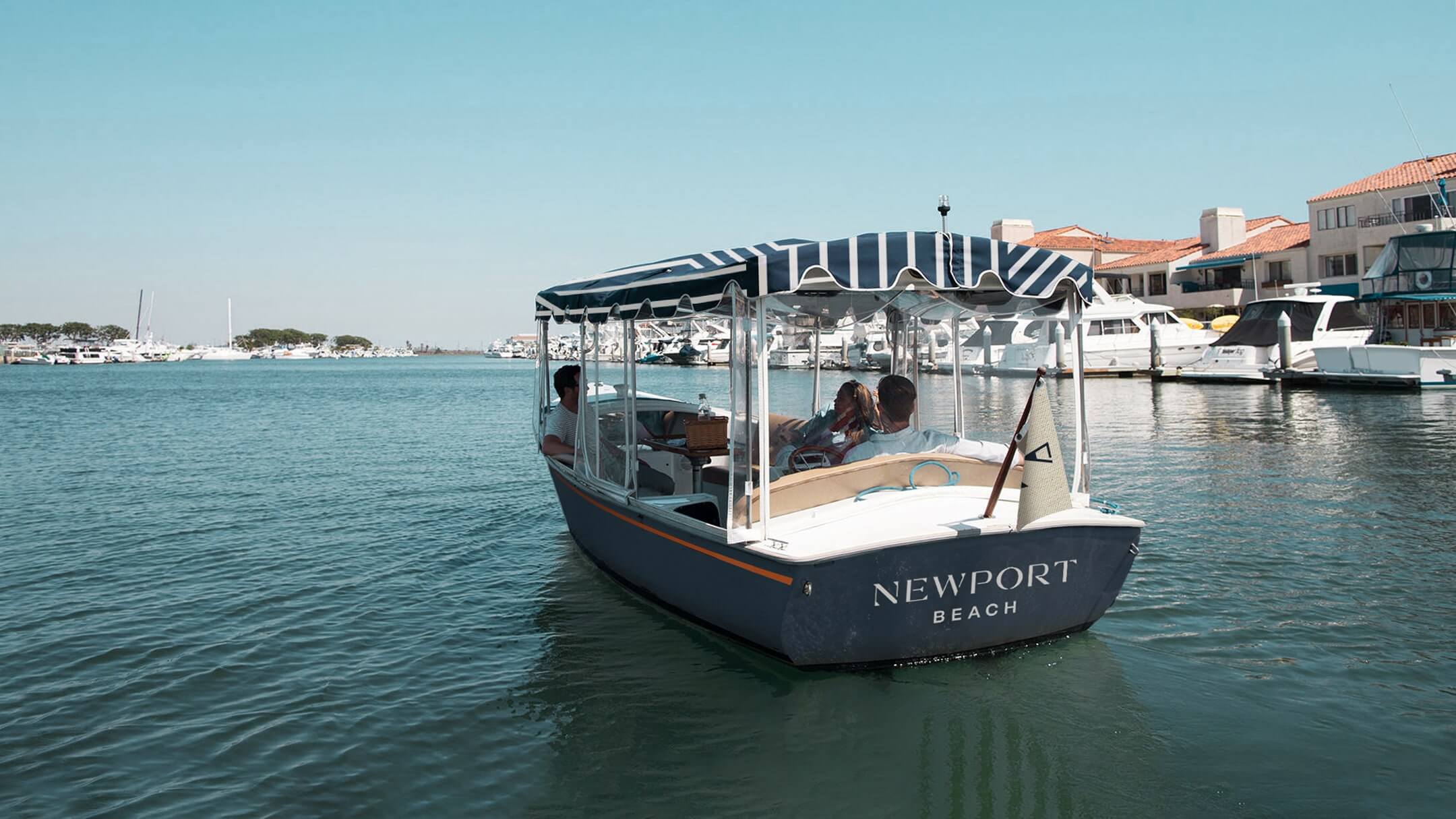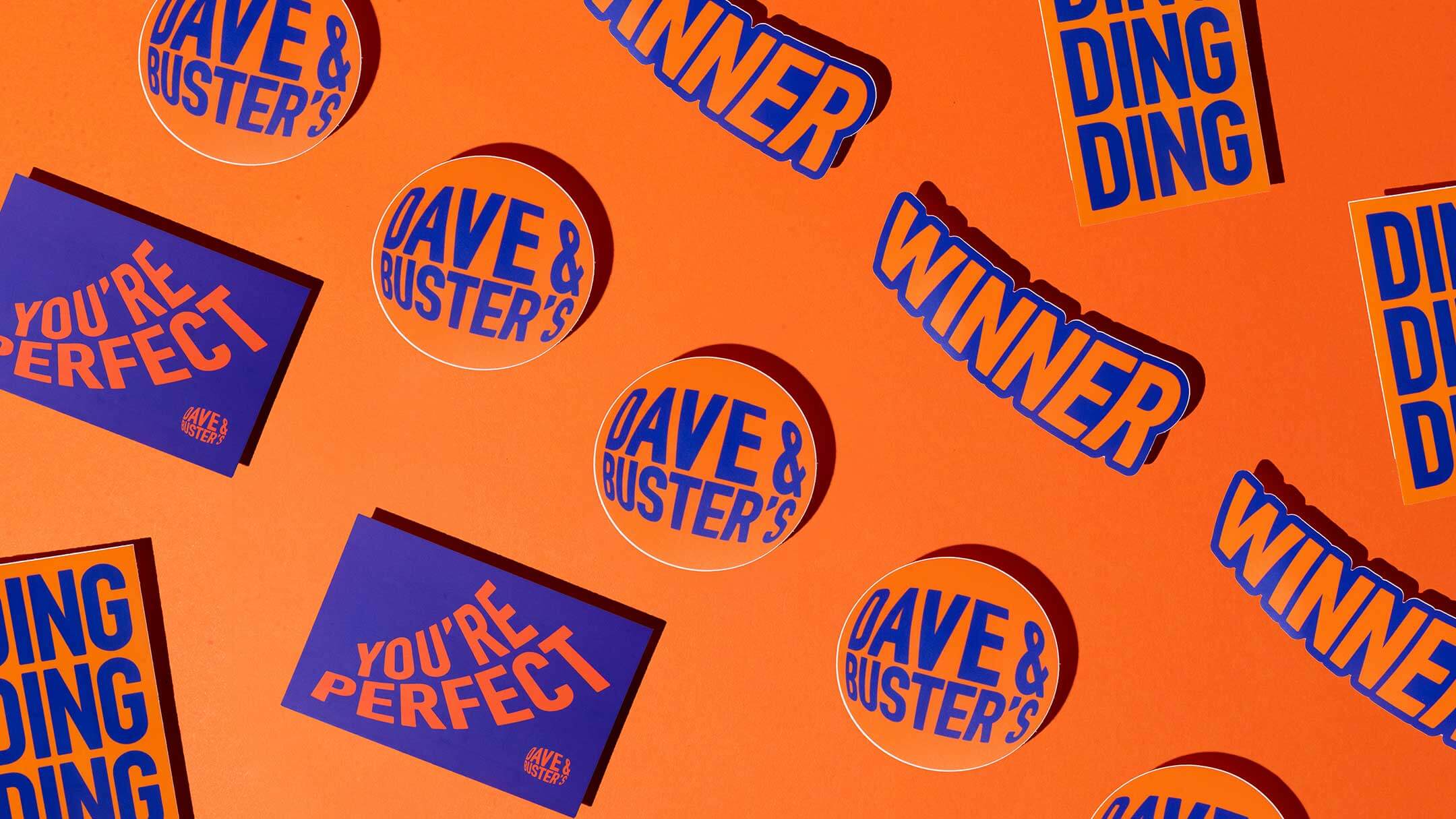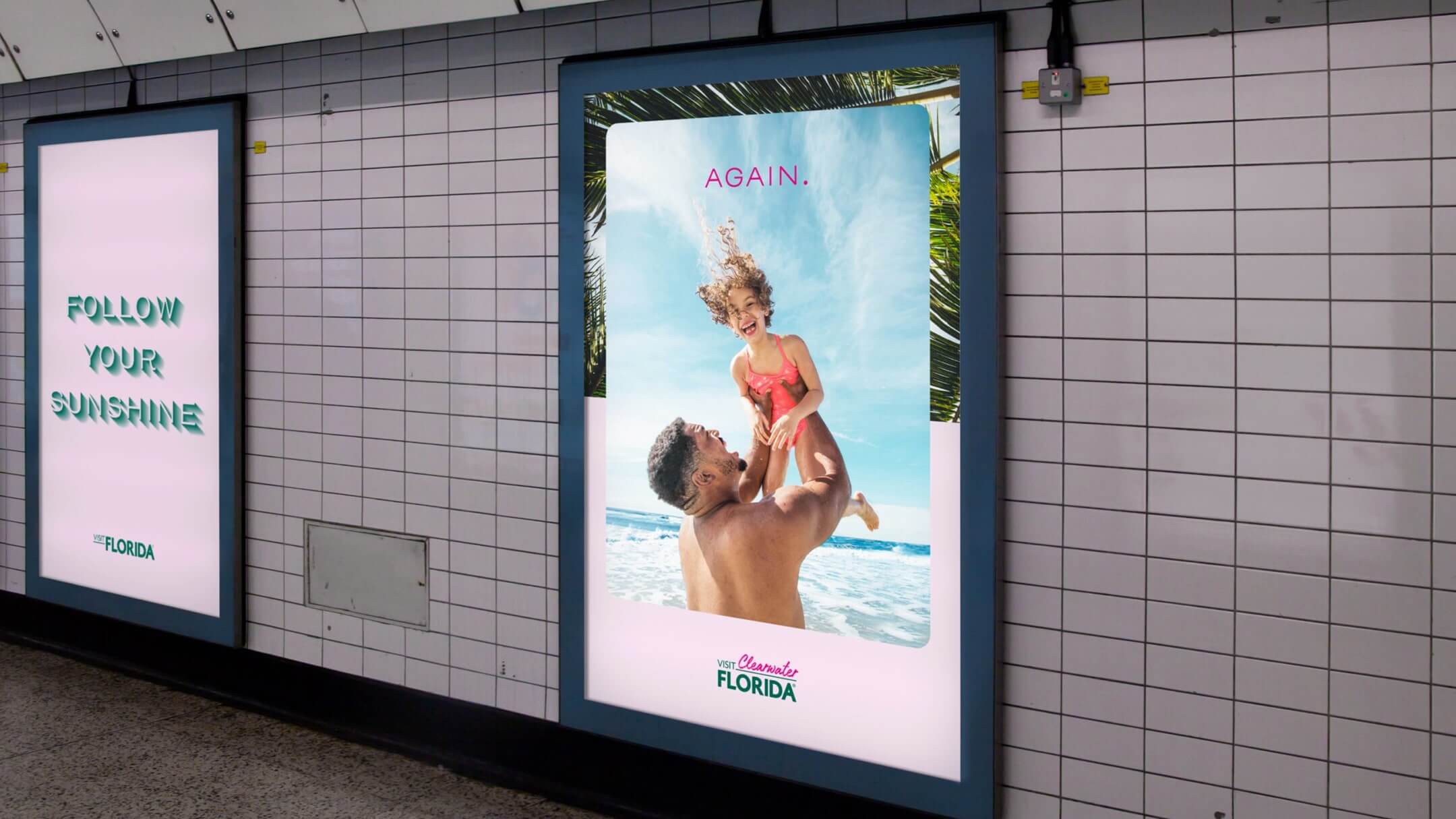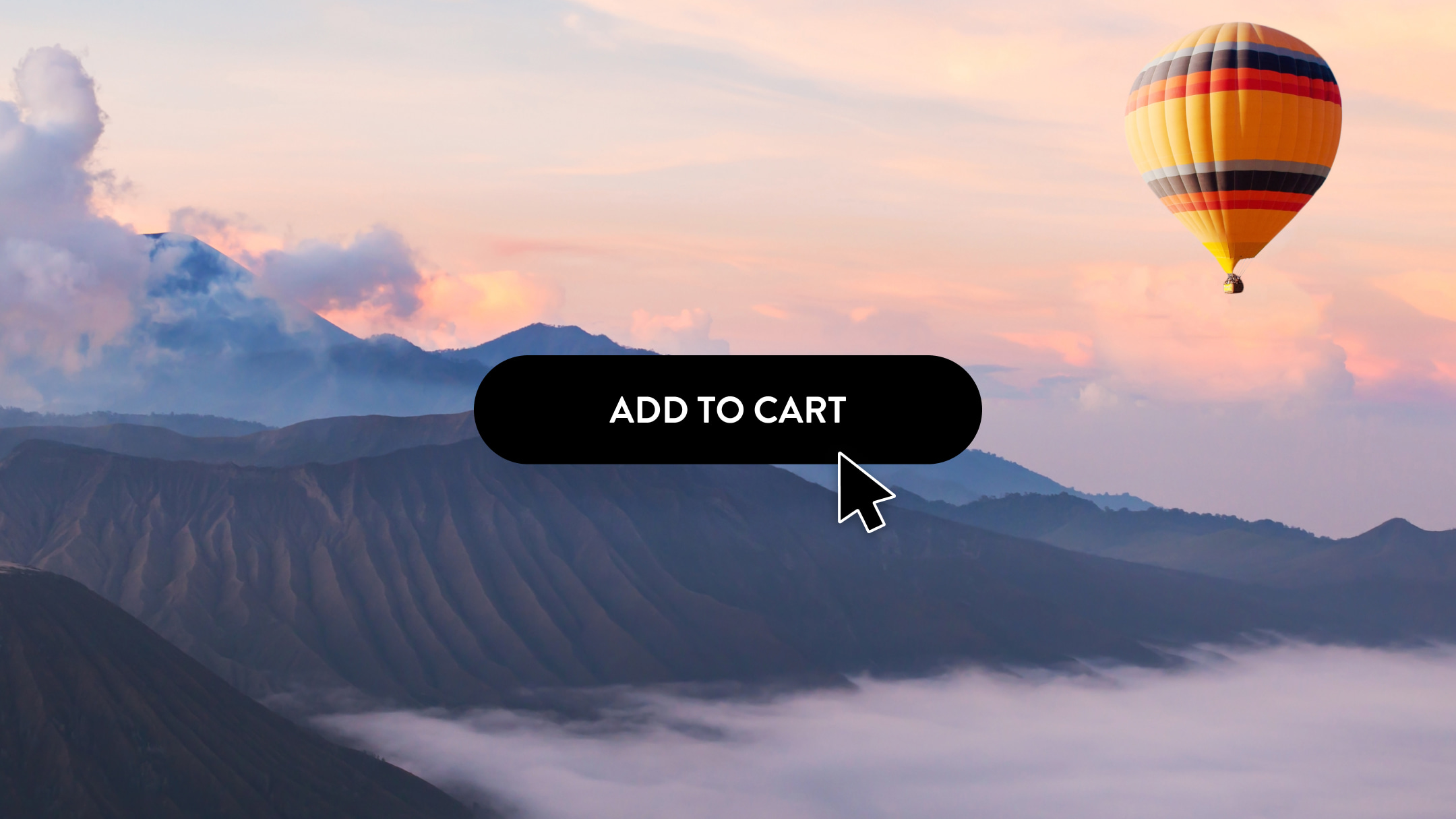AI Influencers Are Here, but Human Stories Still Matter
If you’ve been scrolling through travel content recently, you may have noticed something uncanny: the “people” inspiring your next trip aren’t always people. Germany’s national tourism board introduced Emma, an AI-generated avatar who posts picturesque journeys from Berlin and invites Instagram followers to discover vibrant cities and natural landscapes. In India, Radhika Subramaniam speaks both Tamil and English, spins a Gen-Z backstory about quitting her corporate job to travel full-time, and virtually “visits” different states without needing visas or budgets. She’s driven by machine learning and natural-language tools that generate photorealistic videos and respond to comments in real time.
It’s easy to see why these avatars attract attention. Influencer marketing is a $24-billion industry. Once created, they can produce content around the clock in multiple languages, offering cost savings compared with paying human talent. Twicsy’s analysis found that human influencers earn roughly 46 times more per post than AI personas ($78,777 versus $1,694), and they require flights, hotels, and complex contracts. AI characters don’t get tired, never risk scandals, and can be shaped to fit any brand narrative.
Yet the early experiments show how limited these digital ambassadors can be. When Germany launched Emma, the tourism board promised a “cutting-edge innovation,” but the rollout was rocky. Viewers complained about inaccurate details, glitchy voice synchronization, and polished visuals that felt sterile. Real travel influencers argued that the project devalued their craft, and commenters wondered how a “fake person in a fake place” could inspire anyone to visit a real destination. Emma’s debut highlighted a fundamental problem: compelling travel content relies on emotion and lived experience. AI can mimic style, but it struggles to convey what it feels like to taste a meal, hike a trail, or connect with local people.
Data backs up this intuition. HypeAuditor’s comparison of thousands of posts shows that human influencers receive more than three times as many likes and comments on sponsored content as AI creators. Even Lil Miquela, one of the most followed AI personalities, draws less than 0.01% engagement per post, and a significant portion of her followers are bots. For marketers, this means lower reach and weaker signals of trust.
Consumer surveys also reinforce skepticism. A 2025 poll of more than 1,000 U.S. travelers found that while 66% have used AI tools to get ideas for trips, only about one-third would let AI plan an entire itinerary. Seventy-seven percent said they “trust” AI in theory, but only 32% were comfortable handing over full control. The biggest fears were outdated or wrong information and generic itineraries. Morning Consult’s research shows that AI usage in travel planning grew by 12 percentage points for transportation and eight points for accommodations between 2023 and 2025, yet 16% of adults avoid chatbots because they don’t take personal needs into account. Travelers still lean on family, friends, and human travel agents for trusted advice.
Of course, influencer marketing has never been purely authentic. Scripts, staged “candids,” and sponsored partnerships are part of the business. AI avatars just make performance explicit. Human creators curate their lives too, but they infuse their work with quirks, humor, and genuine reactions. A candid misstep on a hike or a heartfelt moment with a local family can resonate more deeply than a perfectly rendered skyline. Influence has always been part performance. The question is whether audiences feel connected to the storyteller. In many cases, people are savvy enough to know when an account is fake and still engage because they value the entertainment. That doesn’t eliminate the role of humans; it just reframes it.
Where AI Shines & When Humans Hold the Edge
AI influencers do offer practical benefits when used thoughtfully:
- Operational efficiency and localization: Virtual personas can churn out visuals, captions, and basic itineraries, freeing marketers to focus on strategy. Radhika’s team uses generative design to tailor content for specific regions and languages, making it easier for brands to reach micro-audiences without hiring multiple creators.
- Cost and risk management: Brands avoid airfare, lodging, and daily fees. Long-term, AI influencers circumvent PR crises because their actions are fully controlled.
- 24/7 customer engagement: Emma invites followers to message her for travel tips. Chatbot-like features can answer questions about weather, visas, or transportation at any hour, aligning with consumer expectations for instant service.
The strengths of human influencers are equally clear:
- Authenticity and trust: Personal stories, cultural context, and emotional depth drive engagement. Audiences respond to the spontaneity and imperfections that AI can’t replicate.
- Cultural sensitivity: Humans live the experiences they share. They can adjust tone and content when encountering real communities, something brands should not overlook when targeting diverse markets.
- Creative interpretation: While AI can be programmed to follow trends, humans can surprise brands with unexpected angles and resonant storytelling.
A Hybrid Future
Rather than pitting human and AI influencers against each other, travel brands should view them as complementary. Use AI to handle scale and simple Q&A; use humans to build trust, provide texture, and spark imagination. The future of travel marketing will be hybrid, leveraging technology to empower creativity rather than replace it.
What does that look like in practice?
- Pilot responsibly. Test an AI influencer in a single market or campaign and track sentiment, engagement, and bookings against a human benchmark. Don’t assume novelty will translate to conversions.
- Focus on value, not just visibility. Virtual avatars should do more than post pretty pictures. Pair them with itinerary builders, chatbots, or price-comparison tools so they solve real traveler problems. Morning Consult notes that travelers find cost analysis and price comparison especially challenging; AI can shine here.
- Protect brand voice and cultural nuance. Work with cultural advisors and local communities to ensure AI personas respect local norms.
- Embrace transparency and ethics. Nearly 44% of marketers are concerned about the ethical implications of AI influencers. Clearly label AI content, respect privacy, and avoid misrepresentation.
- Invest in human relationships. Keep partnering with real travelers who can deliver nuance and trust. Their higher cost is justified by stronger engagement and authenticity.
Travel marketing has always relied on stories that inspire people to dream, plan, and book. Artificial intelligence is now part of that toolkit. It can help us scale, personalize, and experiment. But the heart of travel remains human connection. We encourage destination marketers to embrace AI thoughtfully — use it to streamline processes, localize content, and offer on-demand information — while also continuing to invest in the lived experiences and emotional storytelling that only people can provide. When brands strike that balance, they avoid chasing trends and instead build lasting relationships with travelers.









